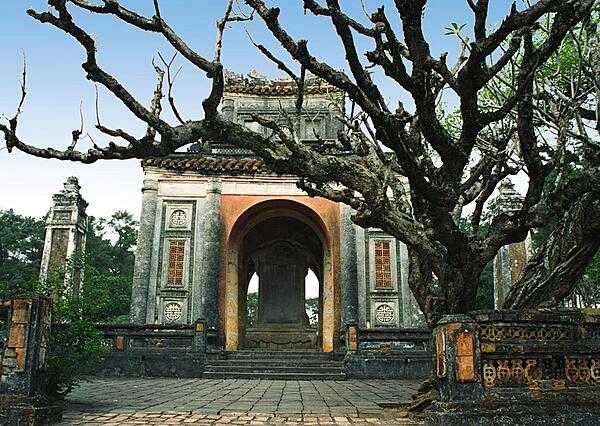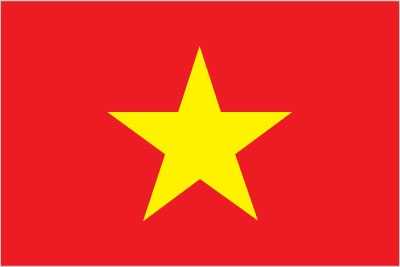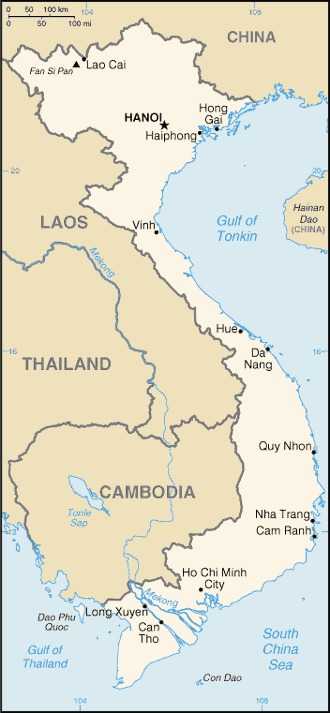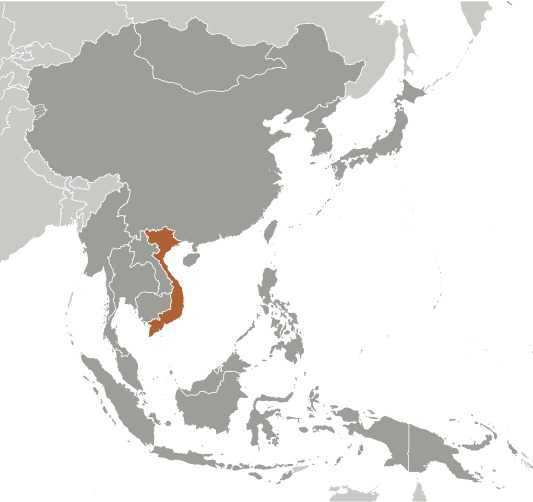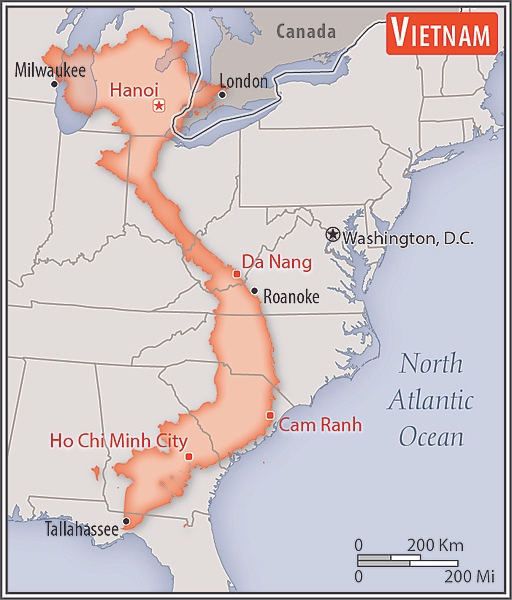Introduction
Visit the Definitions and Notes page to view a description of each topic.
Geography
People and Society
Population
comparison rankings: total 16; male 16; female 16
Languages
Median age
comparison ranking: total 113
Population growth rate
comparison ranking: 102
Birth rate
comparison ranking: 111
Death rate
comparison ranking: 165
Net migration rate
comparison ranking: 106
Maternal mortality ratio
comparison ranking: 96
Infant mortality rate
comparison ranking: total 99
Life expectancy at birth
comparison ranking: total population 115
Total fertility rate
comparison ranking: 102
Obesity - adult prevalence rate
comparison ranking: 192
Alcohol consumption per capita
comparison ranking: total 105
Tobacco use
comparison ranking: total 53
Children under the age of 5 years underweight
comparison ranking: 46
Education expenditure
comparison ranking: Education expenditure (% GDP) 160
Environment
Carbon dioxide emissions
comparison ranking: total emissions 20
Government
Economy
Real GDP (purchasing power parity)
comparison ranking: 25
Real GDP growth rate
comparison ranking: 16
Real GDP per capita
comparison ranking: 127
Inflation rate (consumer prices)
comparison ranking: 116
GDP - composition, by sector of origin
comparison rankings: agriculture 65; industry 26; services 185
Industrial production growth rate
comparison ranking: 19
Labor force
comparison ranking: 12
Unemployment rate
comparison ranking: 11
Youth unemployment rate (ages 15-24)
comparison ranking: total 148
Gini Index coefficient - distribution of family income
comparison ranking: 66
Public debt
comparison ranking: 80
Current account balance
comparison ranking: 19
Reserves of foreign exchange and gold
comparison ranking: 31
Debt - external
comparison ranking: 25
Energy
Electricity
comparison rankings: installed generating capacity 19; consumption 17; exports 71; imports 60; transmission/distribution losses 188
Energy consumption per capita
comparison ranking: 102
Communications
Telephones - fixed lines
comparison ranking: total subscriptions 46
Telephones - mobile cellular
comparison ranking: total subscriptions 14
Broadband - fixed subscriptions
comparison ranking: total 12
Transportation
Merchant marine
comparison ranking: total 13
